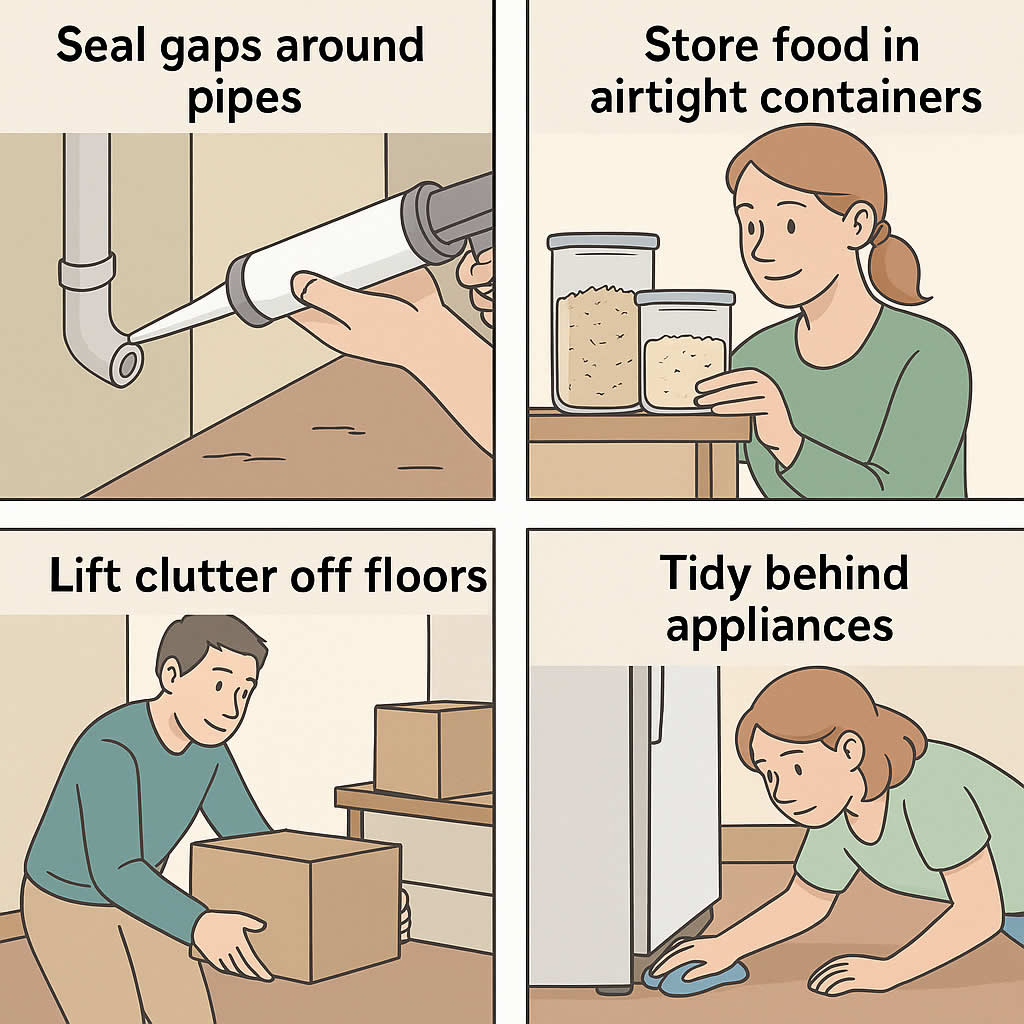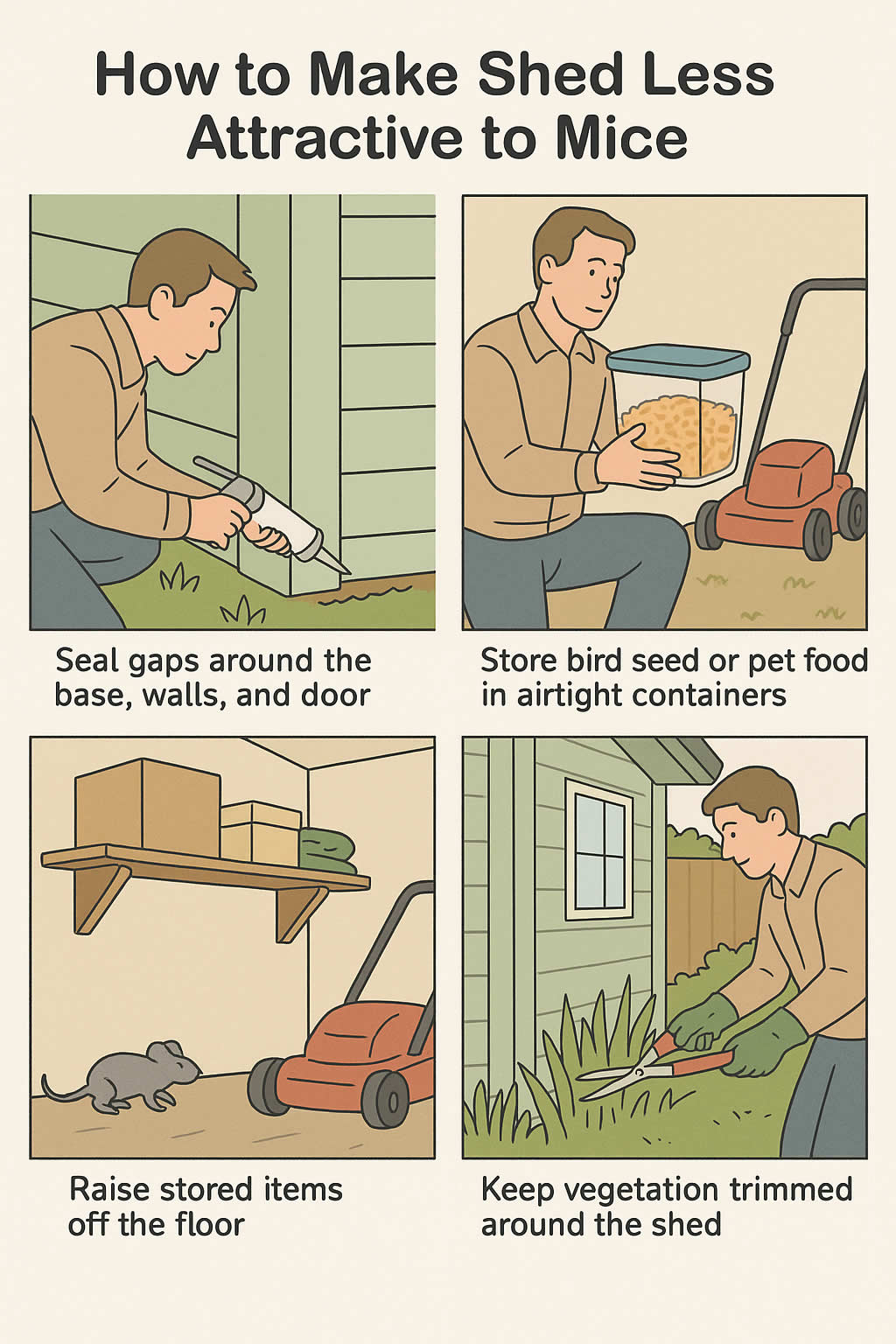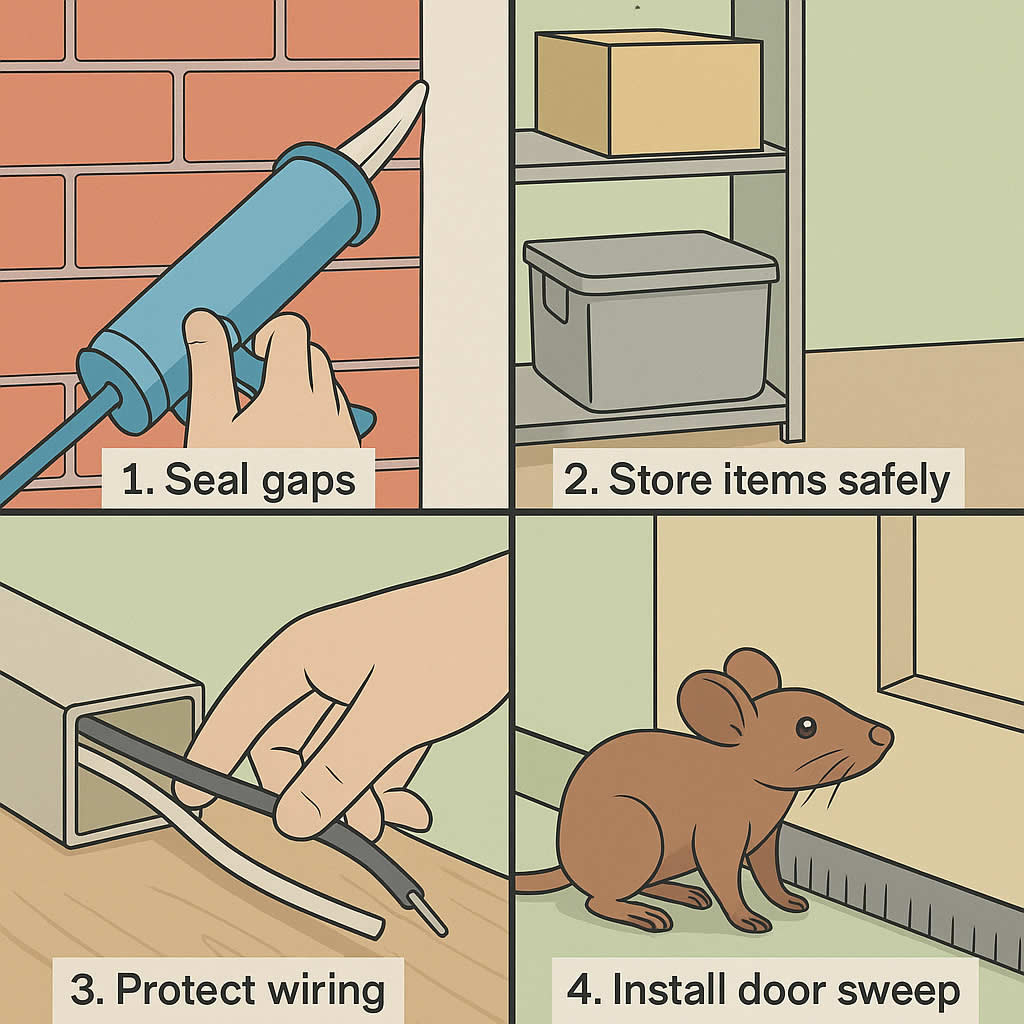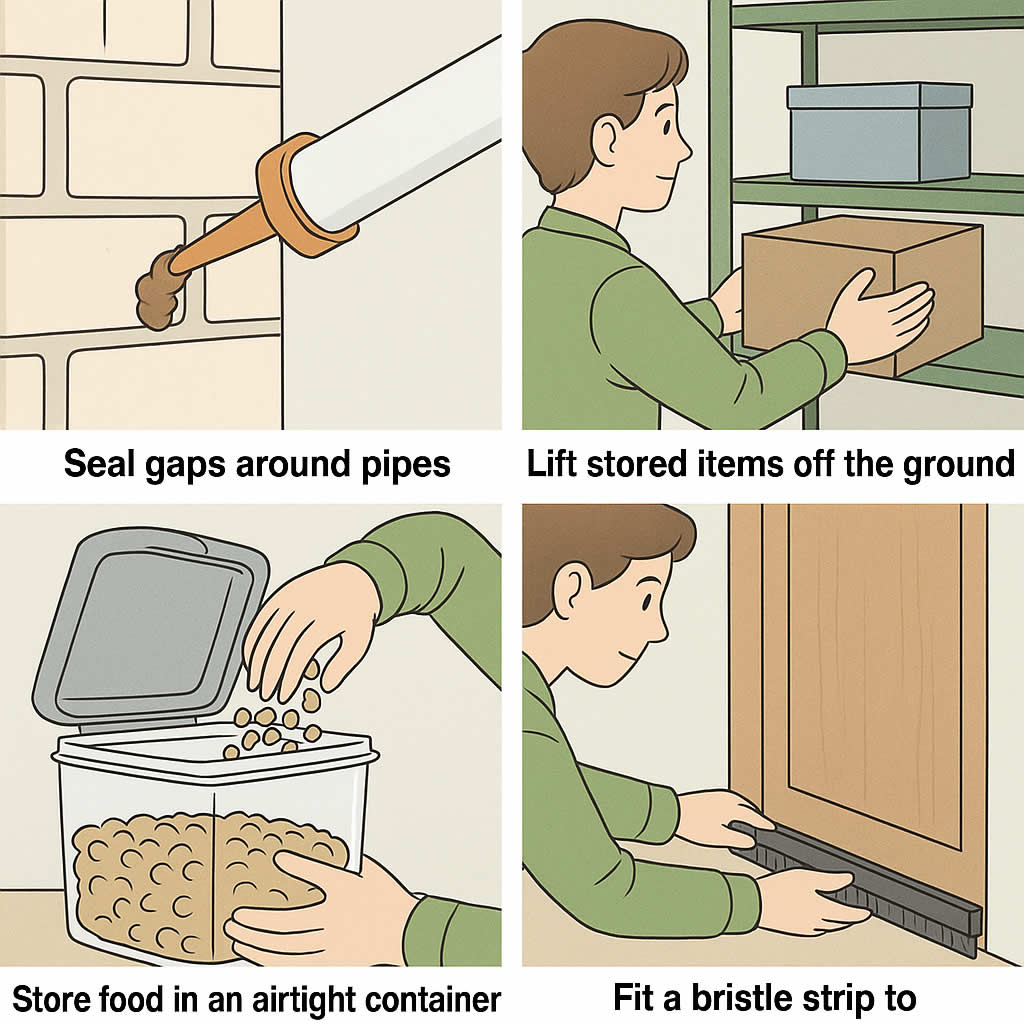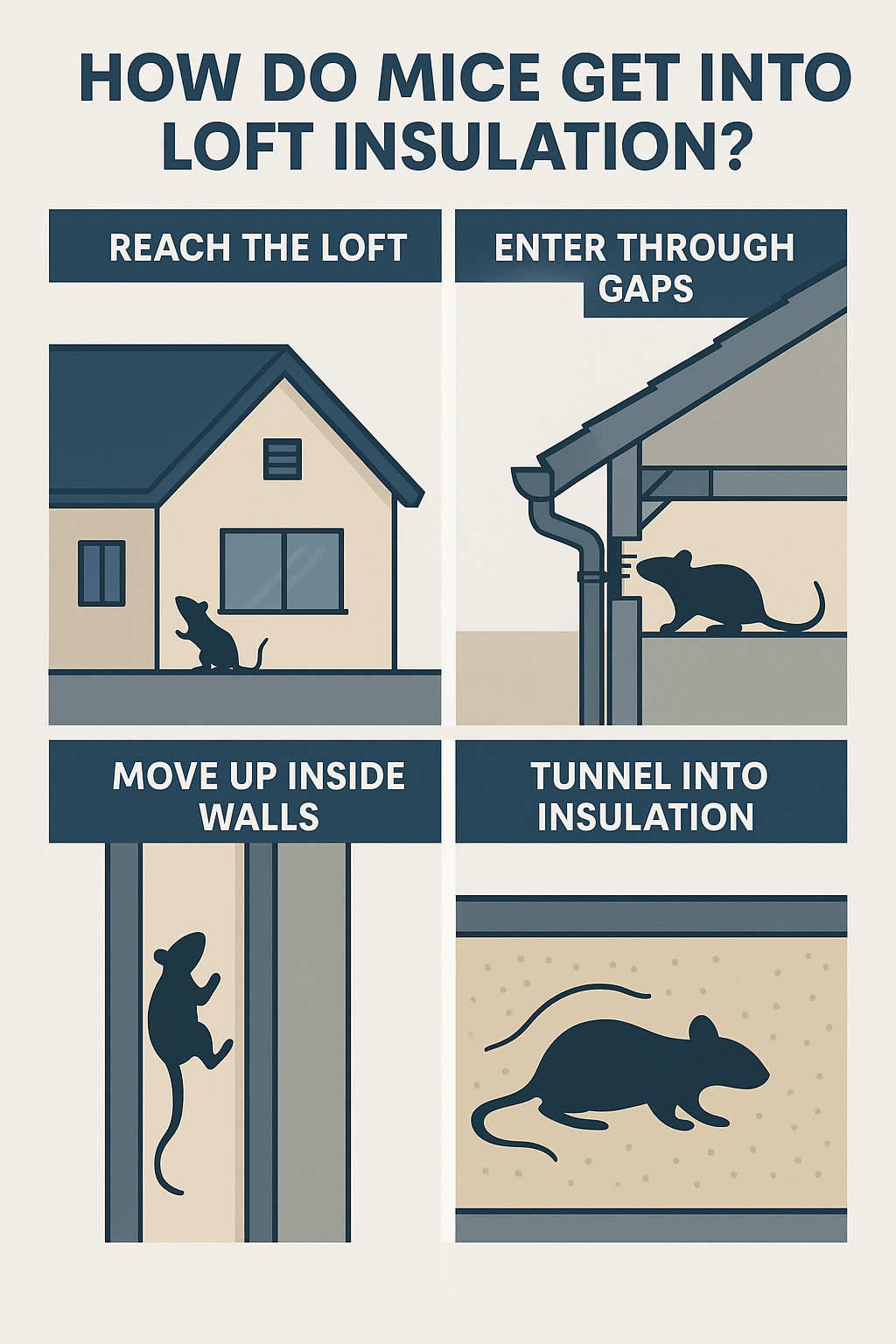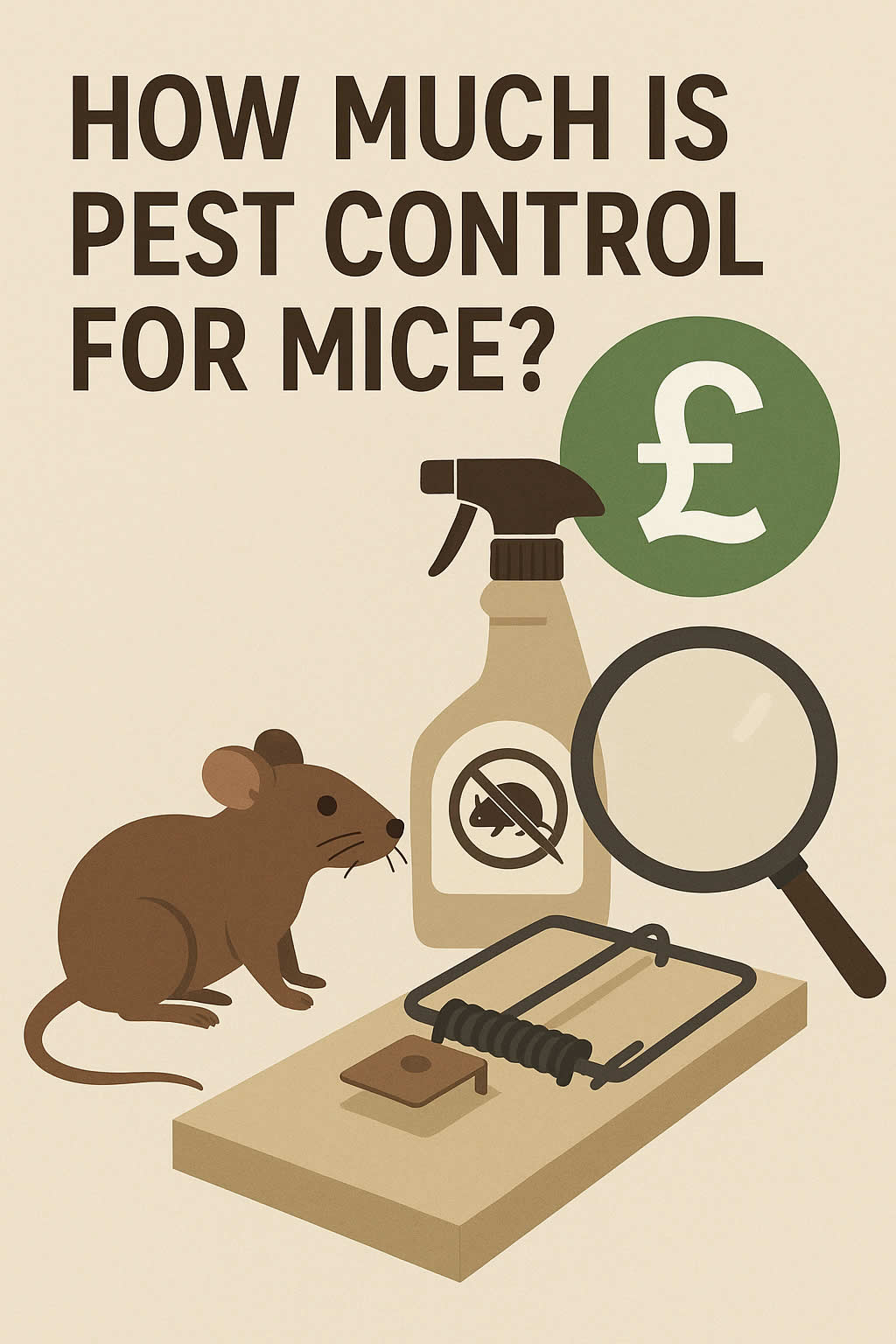Related Queries
ToggleFleas are among the most troublesome household pests, especially for pet owners. Once they take hold, they can spread quickly and prove extremely difficult to remove. While most people think of adult fleas biting pets or people, the real challenge lies in the unseen parts of their life cycle. Eggs make up a huge proportion of any infestation, and because they are small, pale, and often hidden deep in fabrics or floorboards, they can easily go unnoticed.
This is why flea problems tend to persist even after you believe you’ve treated them. Killing the adults you see is only part of the solution. Unless you deal with the eggs, they will hatch, develop into larvae, and eventually mature into new adults ready to feed. The cycle then begins again, often leaving homeowners frustrated when infestations return despite their best efforts.
Understanding flea eggs is the key to breaking this cycle. By learning what they look like, where they are most commonly found, and how long they take to hatch, you can target your cleaning and treatment efforts more effectively. It also helps you avoid mistaking them for harmless specks of dust or dandruff, which can lead to missed opportunities for early control.
In this guide, we’ll look closely at flea eggs — from their appearance and development to the places they hide and the best ways to eliminate them. With the right knowledge, you can take real steps towards ending a flea infestation for good.
What Do Flea Eggs Look Like to the Human Eye?
Spotting flea eggs is not always straightforward. They are extremely small and blend into the background of carpets, bedding, and pet fur. However, understanding their appearance will help you know what you’re dealing with.
Size and shape
Flea eggs measure roughly 0.5 millimetres in length — about the size of a grain of salt. They are oval in shape with smooth surfaces, though they are so tiny it can be difficult to notice this detail without magnification.
Colour and texture
Freshly laid flea eggs are pearly white, almost translucent. Over time, they may become duller, but they still appear pale. Unlike flea dirt, which is dark and crumbly, flea eggs are lighter, smooth, and hard to crush between your fingers.
Where you might see them
Because of their colour, flea eggs often look like specks of dandruff or dust. They may be scattered loosely in pet bedding, trapped in carpet fibres, or clinging lightly to animal fur. Unlike lice eggs (nits), which stick firmly to hair shafts, flea eggs are not glued in place. They fall off easily and end up in the environment around your pets.
If you suspect flea eggs are present, using a magnifying glass or strong torch can help confirm what you are seeing.
How to Tell the Difference Between Flea Eggs and Similar Particles
Many homeowners confuse flea eggs with harmless debris. Being able to tell the difference is crucial to tackling infestations.
Flea eggs vs flea dirt
Flea dirt is essentially flea faeces. It looks like tiny black pepper-like specks. When placed on a damp tissue, flea dirt turns reddish-brown because it contains digested blood. Flea eggs, on the other hand, remain white or translucent and do not dissolve or smear.
Flea eggs vs dandruff
Dandruff flakes from pets or people are usually irregular in shape, larger, and lighter. They also cling more firmly to fur or clothing. Flea eggs are smaller, more uniform, and roll away easily when disturbed.
Flea eggs vs dust or crumbs
Household dust and crumbs are common on carpets and furniture. Dust tends to be greyish and uneven in size, while crumbs vary widely in colour and texture. Flea eggs are consistently smooth, oval, and pale.
A simple test
If you’re unsure, place the specks onto a piece of dark paper. Flea eggs will appear bright white and oval, while flea dirt will look darker. This simple trick often helps with quick identification.
How Long Does It Take for Flea Eggs to Hatch?
Flea eggs don’t remain eggs for long. Under the right conditions, they hatch into larvae in as little as two days.
Typical development time
In most households, flea eggs take between two days and two weeks to hatch. Temperature and humidity play a major role. Warm, humid environments speed up development, while cooler or drier conditions slow it down.
Why timing matters
Because hatching times vary, infestations can seem to disappear only to return days later. You may treat your pet and home, but if eggs remain, they will hatch into larvae and continue the cycle. This is why repeated treatments are essential.
Environmental impact
Eggs in warm, carpeted rooms or on bedding may hatch quickly, whereas those in draughty or dry areas might take longer. This uneven hatching creates a continuous wave of emerging fleas, making infestations persistent without consistent control.
Where Are Flea Eggs Found?
Knowing where flea eggs are most likely to be found allows you to focus your cleaning and treatments.
On pets
Although adult fleas live and feed on pets, eggs don’t stay attached. Fleas lay eggs on the host, but these fall off within hours. You may occasionally see them caught in fur, but most end up elsewhere.
In bedding and soft furnishings
Pet bedding, human bedding, cushions, and upholstery are prime hotspots. The warmth and fibres provide shelter for eggs and later larvae. Washing these items is critical during treatment.
In carpets and rugs
Eggs fall deep into carpet pile, making them difficult to vacuum away completely. They may also gather in rugs or runners where pets spend time.
Cracks and crevices
Floorboard gaps, skirting boards, and cracks in furniture provide hidden spaces where eggs can accumulate. These areas are often overlooked, giving infestations a foothold.
Outdoors
Shady, humid areas in gardens, sheds, or kennels can harbour eggs too. If pets spend time outside, these locations may also need attention.
How to Get Rid of Flea Eggs in Your Home
Breaking the flea life cycle means targeting eggs as well as adults. The following steps are essential.
Wash fabrics at high temperatures
Bedding, throws, and soft pet items should be washed at 60°C where possible. Heat kills flea eggs instantly. Items that can’t be washed can sometimes be tumble-dried on a hot cycle.
Vacuum thoroughly
Vacuuming carpets, rugs, furniture, and even skirting boards removes large numbers of eggs. Pay attention to areas where pets sleep or rest. Empty the vacuum immediately afterwards into a sealed bag.
Steam cleaning
High-temperature steam penetrates carpet fibres and upholstery, killing eggs, larvae, and adults on contact. This is especially useful for deep infestations.
Use flea sprays and insect growth regulators
Household flea sprays can kill adult fleas and sometimes larvae. Insect growth regulators (IGRs) are particularly effective as they stop eggs and larvae from developing into adults, breaking the cycle.
Repeat treatments
Because not all eggs hatch at once, treatments must be repeated weekly for several weeks. This ensures new larvae and pupae are caught before they mature.
Don’t forget the pets
Treating the home without treating your pets will not work. Veterinary-approved spot-on treatments, oral medications, or flea collars must be used consistently. Always follow veterinary guidance for safety.
What Kills Flea Eggs Instantly?
While complete eradication takes multiple steps, certain methods are highly effective at killing eggs quickly.
Heat treatment
Heat is the most reliable instant killer. Washing fabrics at 60°C, tumble-drying on hot, or using steamers all destroy flea eggs on contact.
Professional sprays
Some professional-grade sprays and insecticides kill flea eggs directly. However, these are not usually available to the public and must be applied safely by trained technicians.
Limitations
Most over-the-counter sprays target adult fleas rather than eggs. That’s why repeating treatments is vital — eggs that survive will hatch and continue the cycle.
Professional Help with Flea Infestations
DIY methods can reduce infestations, but in severe cases, professional pest control is often the best solution. Specialists use targeted treatments that reach all life stages of fleas, including eggs hidden deep within fabrics or cracks. They can also apply insect growth regulators and heat-based methods more safely and effectively than the average homeowner.
If repeated home treatments don’t solve the issue, or if the infestation is large, seeking professional help ensures the problem is dealt with thoroughly and safely.
Our Final Say!
Flea eggs may be tiny and hard to spot, but they are the root of most infestations. With adults making up only a fraction of the flea population, focusing solely on visible pests is never enough. By learning what flea eggs look like, where they’re found, and how quickly they hatch, you can take the right steps to break the cycle.
Consistent cleaning, targeted treatments, and prevention on both pets and property are essential. Heat and steam offer fast results, but long-term control often requires repeated action. And if the problem persists, professional pest control provides the most reliable route to a flea-free home.
Armed with the right knowledge, you can finally put an end to the frustration of recurring flea problems and protect both your pets and your home from these persistent pests.



